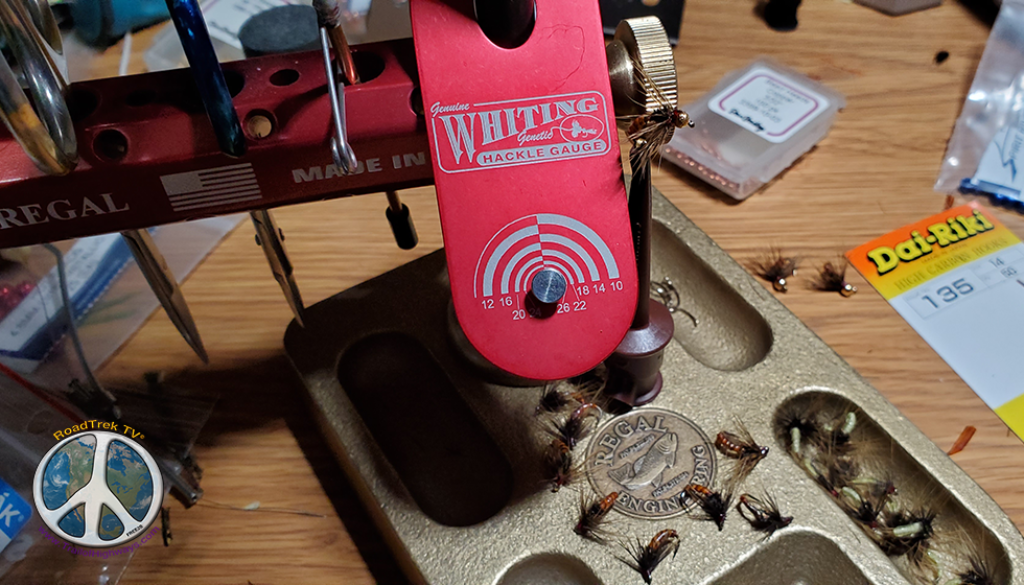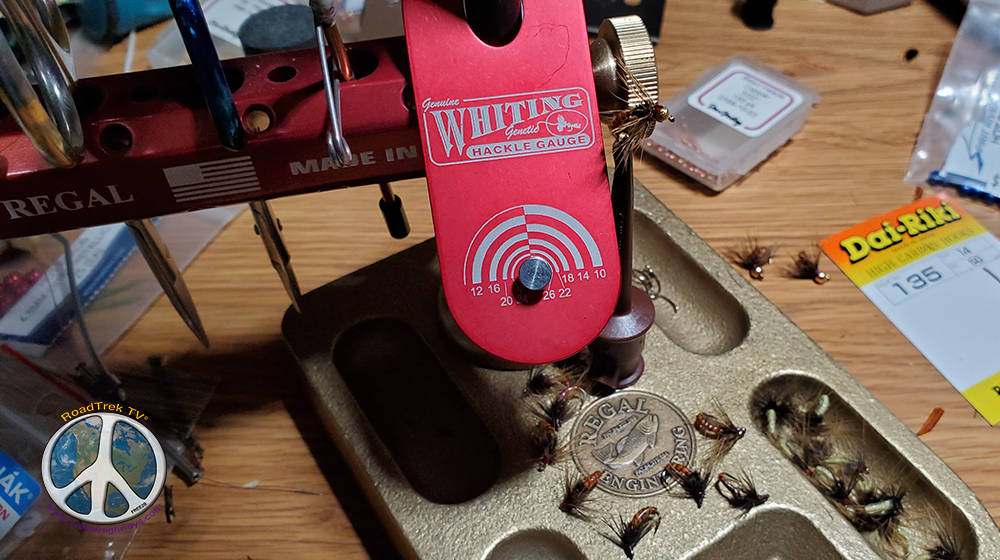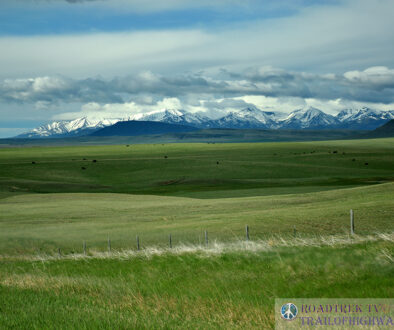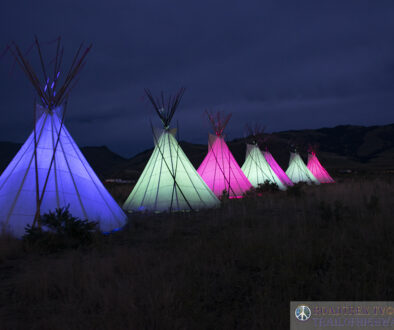Art of Mayfly Tying
Duns, Drakes, Olives, and Mahogany Mayflies on the Rise
From Pale Morning Duns to Green Drakes; from Blue Wing Olives to Mahogany Duns, learning how to tie that perfect mayfly pattern is an art. Many anglers will tell you the real enjoyment that comes from dry fly fishing comes the moment they see that perfect trout head rise from the water in order to eat their mayfly imitation. My adventures alway begin with wearing Patterned Legging and a Fishing Hoodie, for sun protection.
You do not need to be an expert fly tyer to absolutely appreciate the menu of styles that are available when it comes to this sport. Traditional dry flies are where the hackle is tied around the hook, allowing the fly to sit slightly off the water. And learning exactly how to make that happen is an artform, thankfully, anyone can discover.
Getting Started Tying a Mayfly
Creating flies is not just about the choice of which one you want to make, it’s also about learning how to create the imitations of all the insects an angler wishes to present the fish they’re trying to catch. When talking mayflies, you’re talking about nymphs, emergers, and so much more.
A wide selection of materials you need to make the ultimate mayfly is important to have at your disposal. In other words, simply gluing a plastic body to a hook is not enough. By accumulating feathers, colored threads, tinsels and furs, you show how much you wish to achieve success when you go out to cast. Using the wrong technique or the wrong supplies will lead to insufficient buoyancy, so studying the materials you need is important.
Simple Mayfly Pattern of Days of Old
One of the most often used patterns is the a pattern from some older the me from the day: Mayfly Nymph; its popularity comes from the fact that it’s easy to tie and is also able to help the angler out if they get into trouble. By using a variety of materials, colors, thinner or thicker lead wire, and different heads, anyone can create a number of different versions that will never let them down. Here’s a quick breakdown of how to make the perfect nymph that will be the basis for all the other mayfly patterns that follow:
First, wrap the hook shank with lead. If you’re not using a bead head, apply a little super glue on the shank and wrap your wire on top. This way your lead will cling to the hook shank and won´t slip. One and a half layers of wire makes for a great tapered body.
Second, cover the hook shank with wraps of thread. At the same time, tie in some other fibers that will form a tail. Using hackle fibers or hairs picked from fur is perfect for this step.
Next, tie in your choice for ribbing material, such as copper wire, and apply your choice of dubbing to the thread. Place your dubbing in between two strands and wrap it around the rear of your hook shank. The farther it sits to the front, the thicker your wraps will be.
The next step is to tie in a latex strip (approximately 2-4mm wide) behind the hook eye so the strip protrudes in front of the fly. The width of the strip depends on your hook size, so test various widths to find out what works best.
Split your thread and apply the dubbing for your thorax in between strands, and then spin the thread with the spikier dubbing to mold your thorax with the legs. Once you then wrap the dubbed thread over the front third of your body, finish your wraps where the abdomen is supposed to touch the thorax. Now, pull your latex strip towards the back and tie down where the two dubbings come together. Pinch your latex together and cut, with your cut slanting backwards, to form a nice wing case to engage the trout. Then color your thread dark and complete your nymph with a whip finish where the latex has been tied down at the front.
Mayfly Tying Dry Fly Patterns
There you have it: The ultimate nymph! Yes, there are many mayfly styles to read about and create, and no style is wrong. Just make sure the one you choose brings you ‘ultimate’ success.





